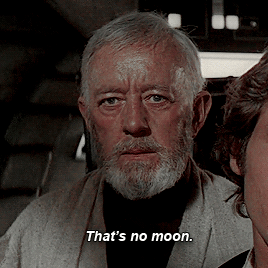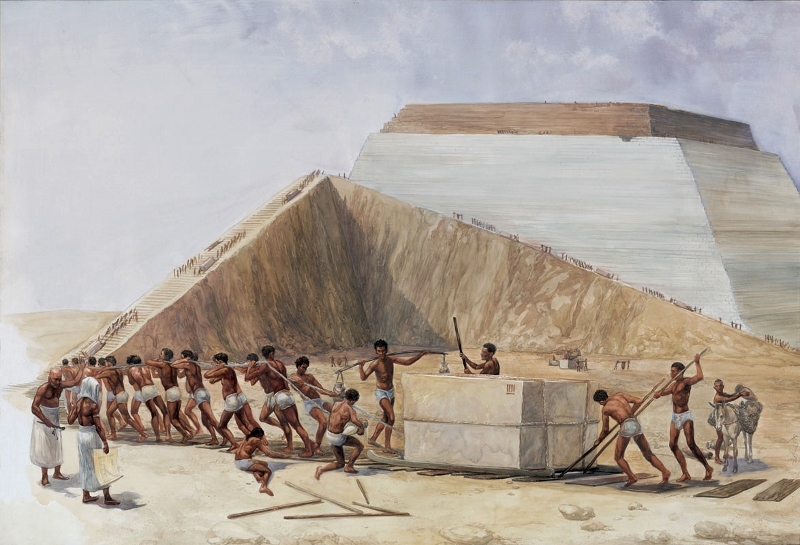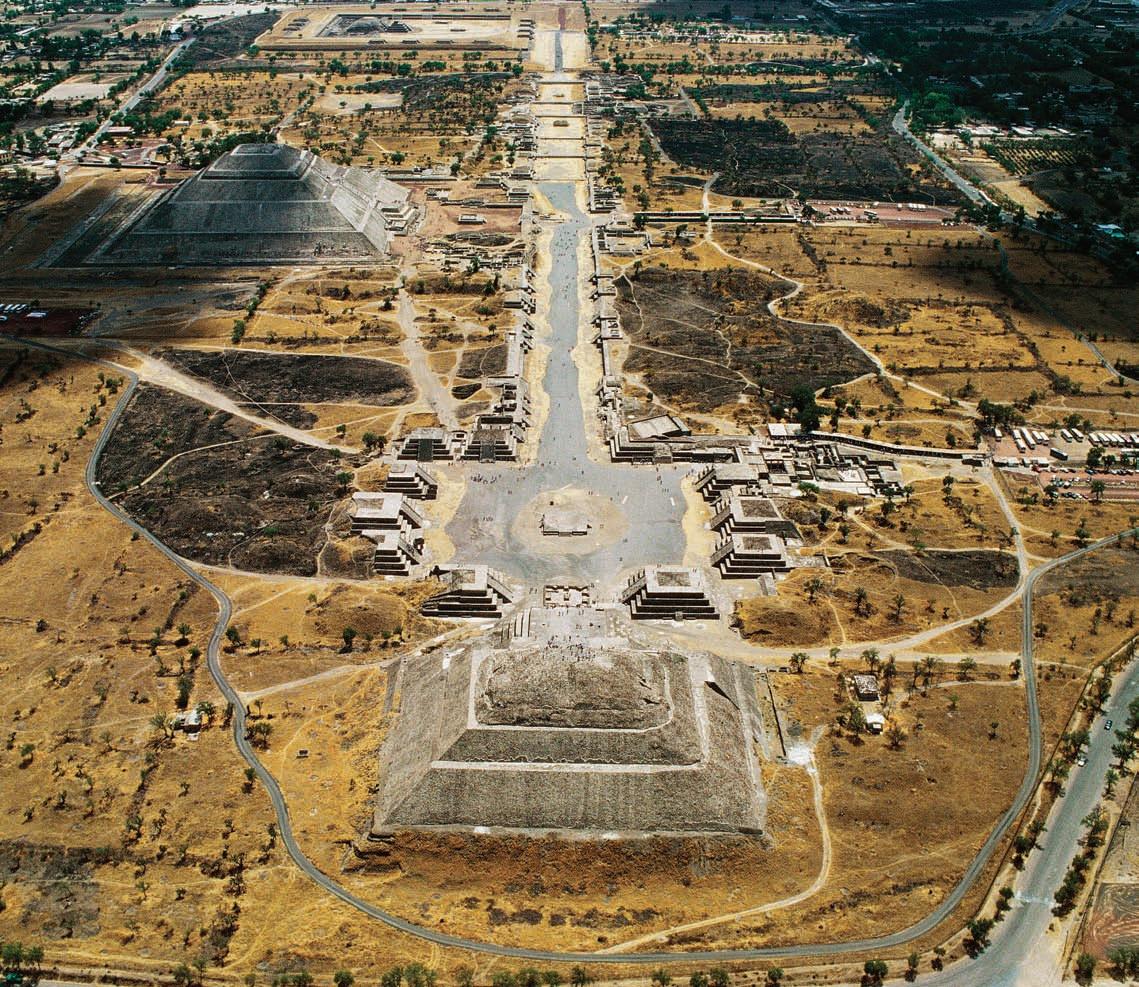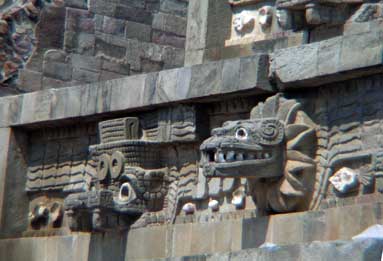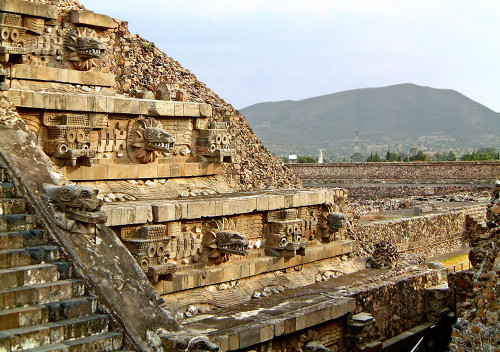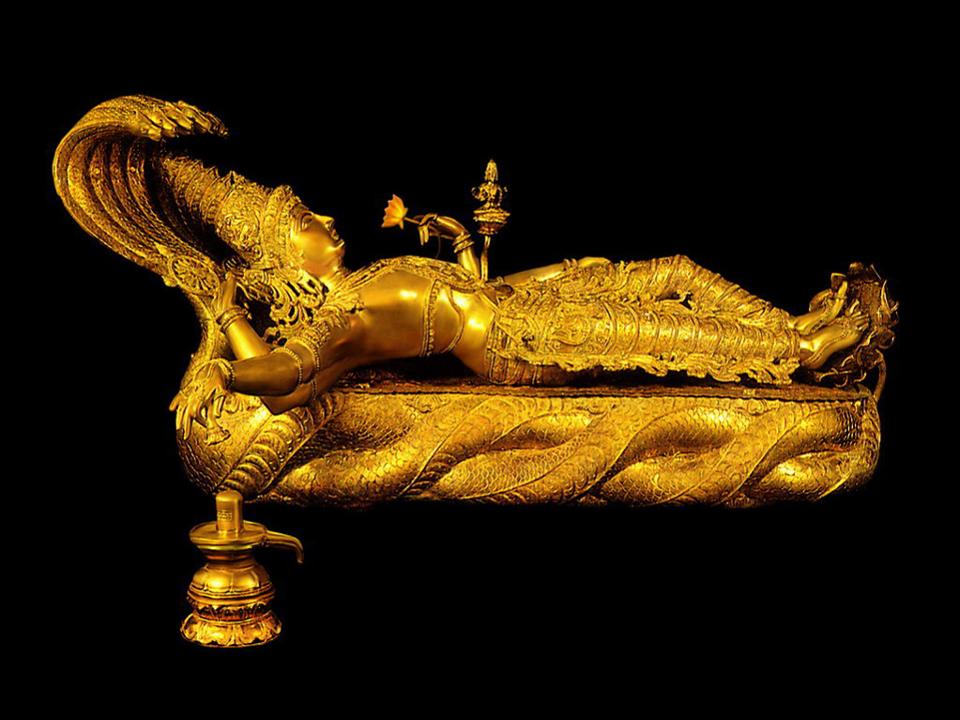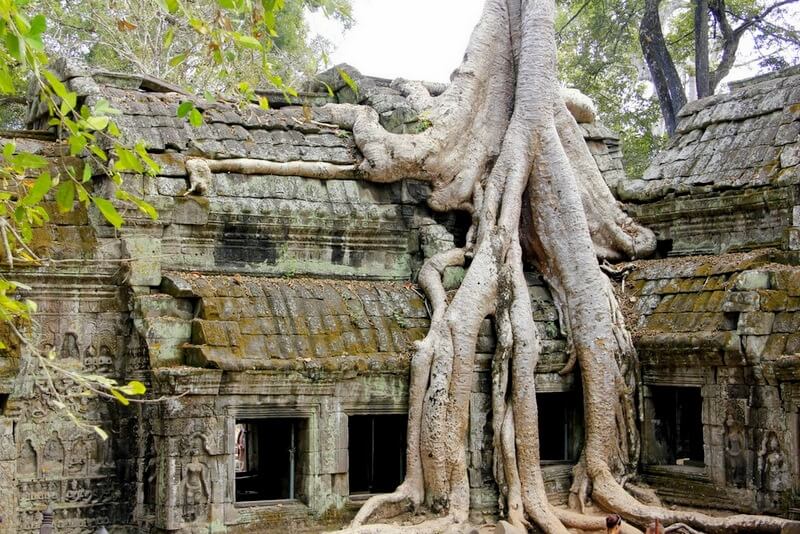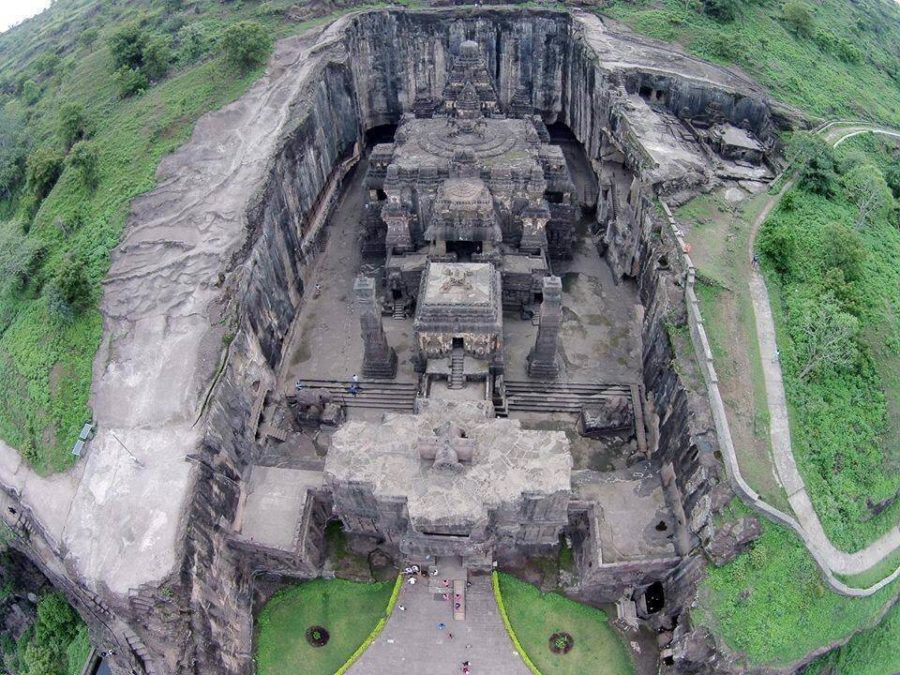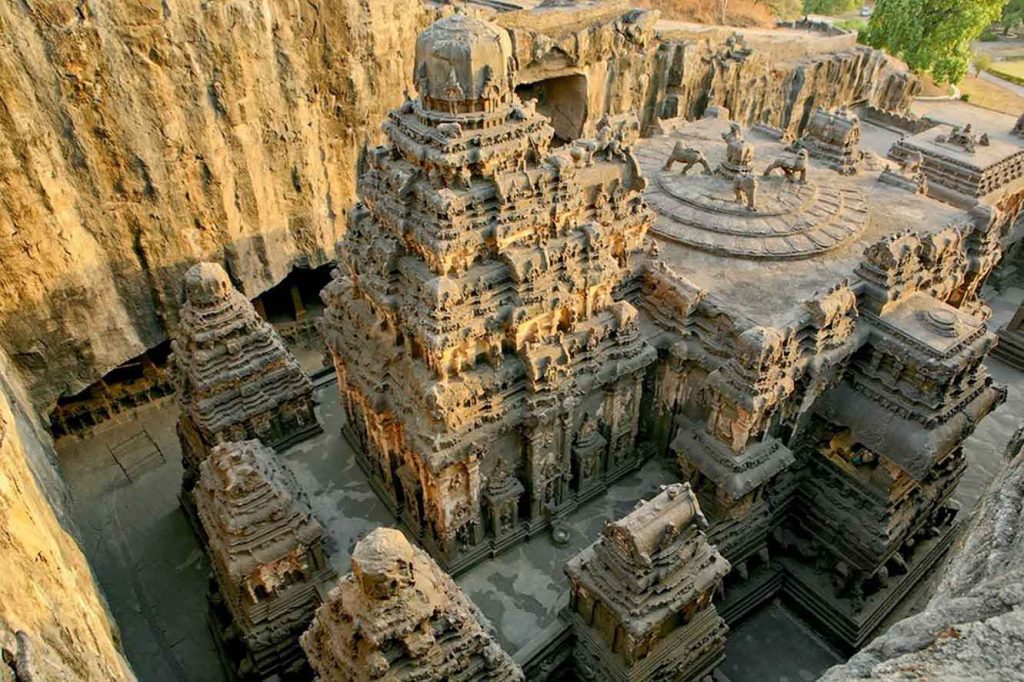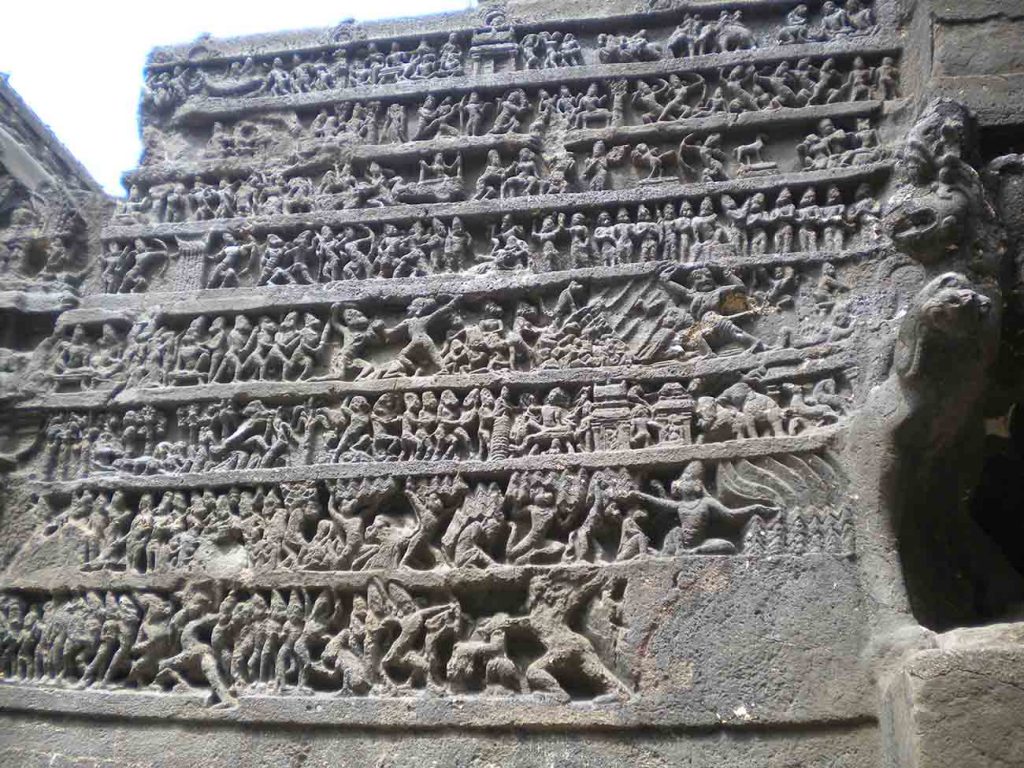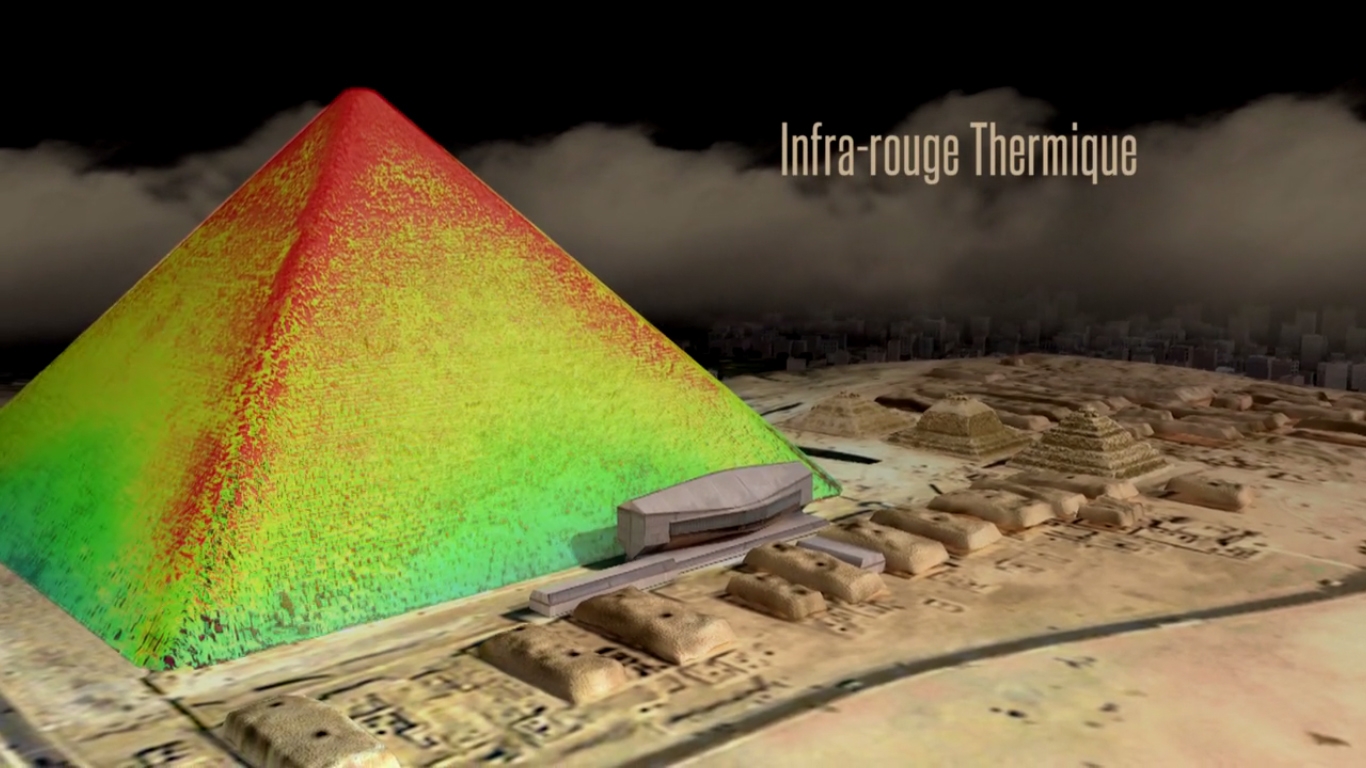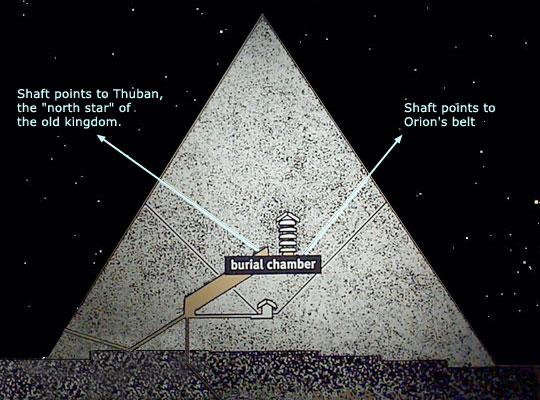Indigenous Tribes Recorded Visits from Ancient Astronauts
/By Leonardo Vintini, Epoch Times
Every year the Amazonian Kayapo tribe celebrates the arrival of the mysterious Bep-Kororoti, or “he who comes from the cosmos,” said to have visited long ago. (EVARISTO SA/AFP/Getty Images )
“The warrior from the cosmos seemed to take pleasure in seeing the fragility of these people. Intent on giving them a demonstration of his power, he raised his ‘thunder weapon’ and, pointing successively to a tree and then a rock, destroyed them both. All understood that Bep-Kororoti wished to demonstrate to them that he had not come to make war.”—Ancient Amazonian Legend
We’ve watched the world evolve from the simple to the complex, from stone tools to the technology of today. Yet dozens of stories from native cultures seem to complicate this narrative that we’ve come to believe as truth. Tales of enormous megaliths and ancient outer space visitors have come from every corner of the planet.
Bep-Kororoti: the Astronaut Who Visited the Amazon
Yet as these cults surged on the small islands of the Pacific, they were far from being the only examples of primitive tribes exhibiting deep adoration for foreign visitors. In fact, the cargo-cult phenomenon may well have originated with the Amazonian Kayapo tribe. As one tribal member dons a wicker outfit shaped like a modern space suit, the Kayapo annually celebrate the arrival of the mysterious Bep-Kororoti, or “he who comes from the cosmos.”
According to tribal leaders, the strange man came forth from the Pukato-Ti mountain range, at first arousing fear but rapidly developing a messianic status among the natives. According to ancient tribal legend, the people of the village gradually became swept up in an attraction toward the foreigner, due both to his beauty—the white resplendence of his skin—and his benevolence toward all. They recount that this mysterious visitor was more intelligent than any among them, and in time he taught them valuable skills.
The legend describes one day when Bep-Kororoti exploded in an attack of madness, screaming and forbidding members of the tribe to approach him. It was then that the tribe witnessed, at the foot of a mountain, how the stranger was said to escape toward the heavens in a tremendous explosion that shook everything around. The story recounts Bep-Kororoti disappearing into clouds of flame, smoke, and thunder. With the explosion, the earth moved to such a degree that even plants were uprooted. The jungle was destroyed, the animals disappeared, and the tribe experienced a great hunger.
Ethnologist Joao Americo Peret, who had interviewed the elders of the aboriginal community in 1952, affirmed that the story of Bep-Kororoti stretched far into the distant past. If the cargo cult came forth around an actual being, modern investigators wondered what kind of person would visit the jungle of Mato Grosso in such a remote period, with a space suit and a variety of magic capable, as the Kayapo say, of knocking down an animal with a mere touch.
Certainly, Bep-Kororoti did not fit the type of humanitarian-minded North American soldier that the Tanna of Vanuatu continued to adore. Perhaps even more bizarre, when the history of the Kayapos was first spread, the space-suit design that had become part of the memorial ceremony for Bep-Kororoti did not yet exist in any space agency in the world.
Furthermore, the detail of the astronaut’s departure “among clouds of smoke, light, and thunder” brings to mind the behavior of a modern jet engine. The mechanism of propulsion, according to legend, was commanded by what the aborigines took to be branches, and the ship, camouflaged in a tree. The legend recalls that the man from the cosmos went back to sit down in that special tree and moved the branches until it touched the ground. And another time, he produced an explosion and the tree disappeared into the air.
The Dogon: Tribe With Extraterrestrial Knowledge
Perhaps the most intriguing manifestation of this cargo-cult phenomenon is exhibited by the Dogon tribe, found in the West African nation of Mali. Although they do not afford the same fanfare to their foreign visitor as the examples above, the knowledge they received is nothing short of miraculous.
In 1947, after having lived with the Dogon for more than 17 years, French anthropologist Marcel Griaule was offered an amazing story. Tribal elders revealed to Griaule one of their most closely guarded secrets, unknown even to the majority of the community.
The leaders related how the Nommo, a half-fish half-human species, had founded a civilization on Earth. Despite their primitive culture, the Dogon elders received a profound understanding of the solar system from the mysterious Nommo. The elders recounted the existence of Jupiter’s four moons, the rings of Saturn, and the knowledge that the Milky Way had a spiral form. They were said to know even the sterility of the lunar environment and possessed an understanding that planets moved around the sun.
The most striking knowledge the Dogon retained from the Nommo ages ago was in regard to the orbits, sizes, and densities of the stars in the Sirius system. The Dogon accurately confirmed Sirius A, B, and C, and possessed knowledge of these stars that science has only recently been able to recognize.
Sirius C remained undiscovered until 1995, when astronomers noticed the influence it exerted on the movement of the whole system. Yet for hundreds of years, the primitive Dogon had not only known of its existence but also understood it in great detail.
How should we understand the story of the Dogon, as well as the myriad other cultures around the world that tell of contact with ancient astronauts?
Many may insist, as some scientists have, that the primitive Dogon must have had more recent contact with an astronomer who passed on these detailed explanations and simply added this knowledge into their age-old fairy tale. But does such an explanation serve in the interest of discovering the truth, or is it simply protecting our own culture’s fairy tale—that we live in the most technically advanced society the world has ever known?





